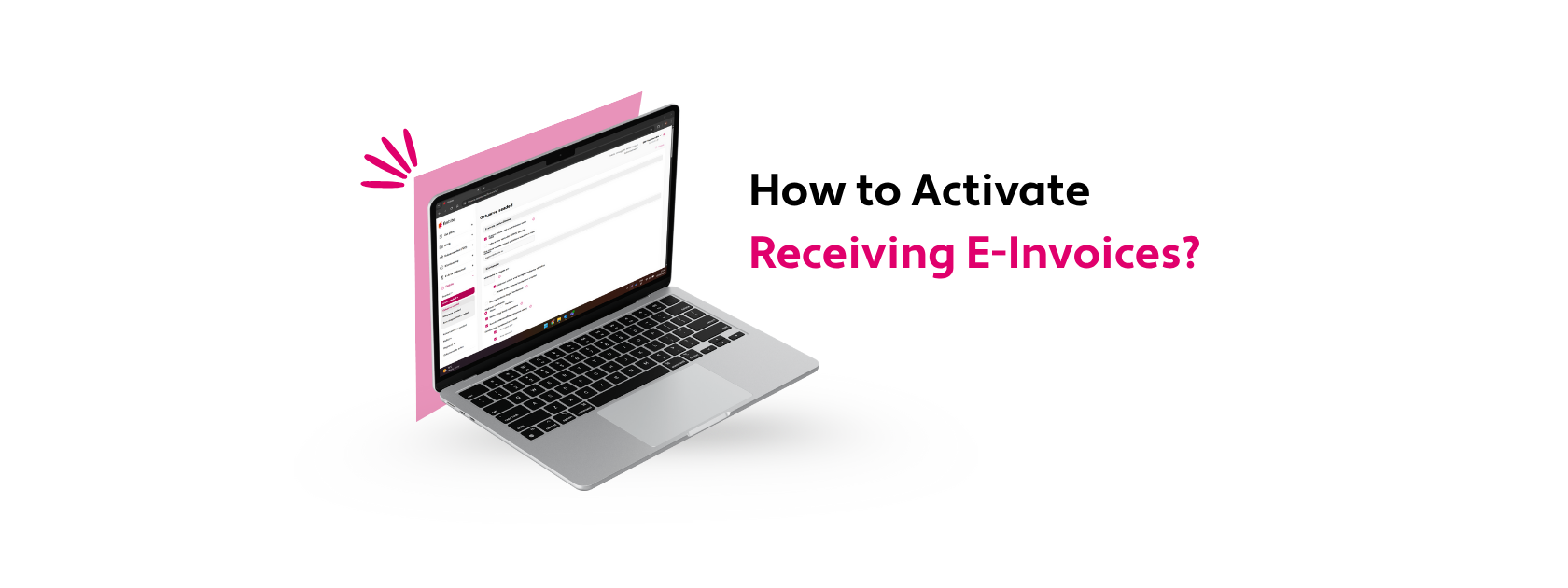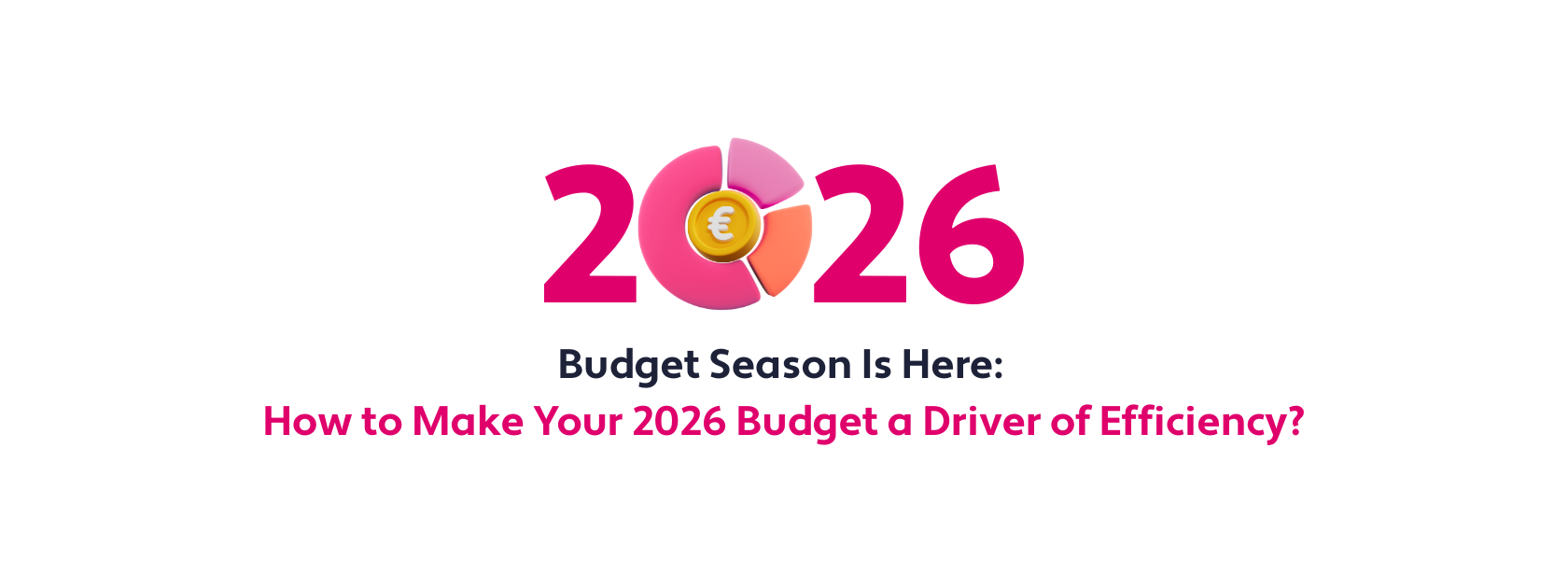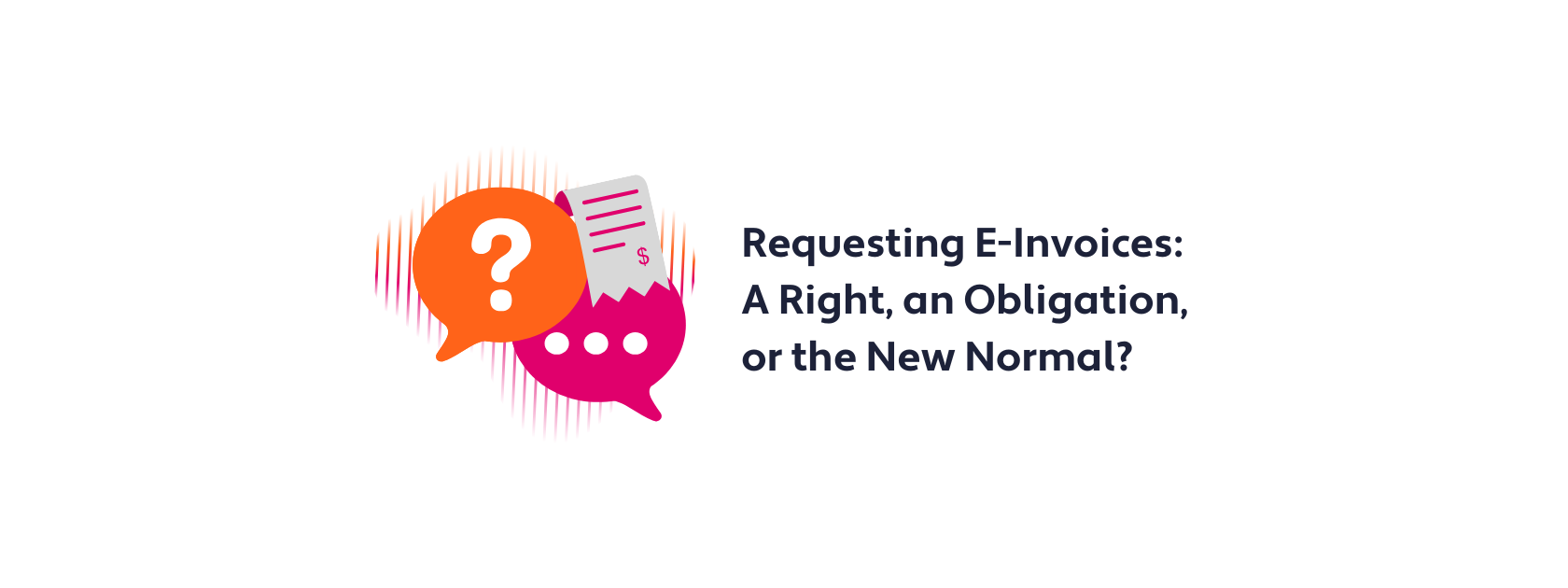
E-invoice validation has become an essential component of modern invoicing solutions, serving as a crucial checkpoint in the invoicing process. Every e-invoice must be carefully validated to ensure that invoices are accurate and legitimate.
In this article, we’ll explore the fundamentals of e-invoice validation, breaking down what it means, why it matters, and what makes an e-invoice valid. We’ll explain key steps in the validation process, compare manual versus automated approaches, and explore how invoicing solutions like Finbite streamline e-invoice validation.
In this article
What is an e-invoice?
An e-invoice is a digital invoice in a structured electronic format that allows for automated processing. E-invoices can come in a variety of formats, the most popular being EDI and XML. Peppol e-invoices use a standardized XML format and are sent through the Peppol network, which allows for fast and secure international transactions.
Why are e-invoices safer than other invoice formats?
Many businesses still rely on paper or PDF invoices. However, these documents are susceptible to damage, loss, and fraud.
E-invoices are machine-readable documents that are encrypted to protect sensitive information. They’re sent through a secure system using a company’s registration code, eliminating the risk of fraud that comes with exchanging invoices through email. Because e-invoices are machine-readable, they can be easily exchanged and validated through invoicing solutions like Finbite. They can also be stored in a digital archive, eliminating the risk of damage or loss.
Understanding e-invoice validation
E-invoice validation meaning
E-invoice validation is the process where businesses verify and approve incoming invoices through digital workflows. Through e-invoice validation, businesses can maintain control over their accounts payable process.
Platforms like Finbite notify accountants when an invoice comes in. Accountants and employees who made the purchase can then review invoice details (eg supplier information, amounts, line items), check for discrepancies, and ensure the invoice aligns with purchase orders or contracts. Once approved, invoices can be processed for payment.
Why is e-invoicing validation necessary?
Through a complete validation process, businesses can ensure only legitimate and accurate invoices proceed to payment. Businesses can also use invoice validation software to establish approval hierarchies and verification steps. This makes it easy to review invoices, resolve discrepancies, and create an audit trail of approvals.
Benefit of invoice validation in the e-invoicing process
Invoice validation comes with many benefits for businesses. By using e-invoice validation software like Finbite, businesses can:
- Prevent payment errors
- Detect ineligible expenses
- Improve oversight of finances
By validating e-invoices, businesses can also maintain clean, accurate data. This leads to more reliable reporting, better cash flow management, and improved decision-making.
Failing to validate e-invoices can lead to delayed payments, rejected invoices, and in some cases, financial penalties. This makes a robust validation process an important e-invoice system requirement.
The e-invoice validation process
Key steps in the validation process
- Creating invoices: Using an e-invoicing platform, the accounting team creates an invoice and chooses a channel for sending. E-invoices are the most efficient and safe, but e-invoicing platforms like Finbite allow users to send invoices in other formats as well.
- Technical validation: The service provider checks if all necessary information is present, encrypts invoice data, and uses the provided information to create the invoice in the chosen format. This is all done behind the scenes and requires no action from the user. The service provider then sends the e-invoice to the recipient.
- Receiving e-invoices: The recipient can set up a digital confirmation circle to review and approve e-invoices. When the recipient’s system receives the e-invoice, a manager gets automatically notified that an invoice has come in. The recipient checks that invoice amounts, items, and product info are correct, and can either reject the invoice or approve it for payment.
Manual vs automated validation
With manual invoice validation, accountants must manually assess each invoice. This includes verifying supplier details, purchase order numbers, quantities, unit prices, and tax calculations. Accountants must also cross-reference invoices against purchase orders, contracts, and delivery receipts. Manual validation can be time-consuming and prone to errors.
Automated invoice validation systems can remove most of the work that comes with manual validation. Digital invoicing solutions can detect duplicate invoices by comparing invoice numbers and supplier details against invoice history. Automated systems can also match invoices against purchase orders and goods received notes in an ERP system.
Digital confirmation circles make it easy for accountants to review invoices. This might include verifying that goods were actually received or that unexpected charges are justified. After reviewing, accountants can then approve invoices for payment with just one click.
It’s also possible to automate confirmation procedures. With invoicing platforms like Finbite, accountants can create templates so that recurring invoices are always sent to a designated employee for validation.
Accountants can also set reminders to be notify employees when an invoice is unpaid after a certain amount of time, eliminating the need to resend invoices or remind employees to confirm them. When an employee is on vacation, accountants can reassign confirmation responsibilities to another employee, ensuring no invoices are left unconfirmed.
Accountants can also set automatic approval limits. If an invoice exceeds the preset amount an employee is allowed to confirm, it’s sent to a manager for confirmation. This is especially useful for larger businesses with complex approval processes.
What is a valid VAT invoice?
For an e-invoice to be considered valid for tax purposes, it must include standard invoice information, such as:
- Unique invoice number
- Issue date
- Supplier and buyer details (including registration numbers)
- Description of goods or services
- Quantity and price
- Total amount due
There are also additional requirements for a valid tax invoice, including the country-specific VAT rate and the corresponding VAT amount.
E-invoicing validation with Finbite
Finbite makes it easy to validate e-invoices at any time, from anywhere. With Finbite’s digital confirmation circle, businesses can set up convenient e-invoice approval workflows. Finbite automatically sends e-invoices to dedicated “confirmers” for validation. After the confirmer verifies the accuracy and legitimacy of the invoice, it can then be processed for payment. This process ensures that no invoice is lost or forgotten
With Finbite’s automated validation, businesses can also set specific rules for validating invoices. For example, users can set a limit on the sum that an employee can approve.
All e-invoices that are pending approval can also be seen in the Finbite system, giving complete oversight of invoicing processes. Managers can also check who has approved any invoices and when.
Finbite also ensures that e-invoices contain the necessary information and meet relevant standards before they’re sent out. This automated process verifies that e-invoices meet all requirements, such as:
- Proper format
- Complete data fields
- Valid tax information
- Compliance with regulations
Finbite performs this technical validation behind the scenes, requiring no action from the user.
Compliance with local and international standards
E-invoices must comply with both international and local standards to ensure seamless business transactions. In the EU, the European standard on eInvoicing (EN 16931) defines core business terms and rules for e-invoicing. These specifications facilitate interoperability between different systems and countries within the EU.
For B2G e-invoicing, businesses in the EU must adhere to the framework established by the European standard. However, countries can also develop their own variations to EN 16931 core invoice data through Core Invoice Usage Specifications (CIUS) or extensions.
A CIUS invoice syntax refines the EN 16931 standard by defining which information is optional or mandatory. On the other hand, countries can use extensions to add invoice information that addresses specific local needs.
Businesses must also keep in mind that local e-invoicing requirements are constantly evolving. For example, Latvia will make B2B e-invoicing mandatory from January 1, 2026, which means all B2B e-invoices must also comply with the European standard.
Finbite’s e-invoicing system automatically ensures all e-invoices meet the required formats according to both international and local standards.
Peppol
As a Peppol Access Point, Finbite can also confirm Peppol e-invoice validity. Peppol is a fast, secure, and inexpensive network for exchanging international e-invoices, which makes it the most widely used e-invoicing network in Europe.
The Peppol e-invoice format (Peppol BIS Billing 3.0) also complies with the EN 16931 standard, allowing businesses to seamlessly exchange e-invoices across borders using Peppol.
When a user sends a Peppol e-invoice, Finbite’s system automatically verifies the invoice supplier’s Peppol ID and ensures the e-invoice is in the proper format, without no actions required from the user.
FAQ: E-invoice validation systems
How do you validate an invoice?
To manually validate an invoice, you can manually verify supplier details, purchase order numbers, quantities, unit prices, and tax calculations. However, this can be time-consuming and prone to error.
Finbite makes it easier to validate e-invoices. Managers get automatically notified that an invoice comes in. They can then manually review and approve e-invoices through a digital confirmation circle, before paying the invoice. Finbite can also match invoices against purchase orders and goods received notes in your ERP system, eliminating the need for manual verification.
What is the best e-invoice validation app in the Baltics?
Finbite is the best e-invoice validation app in the Baltics. Finbite offers e-invoice validation for a range of formats, including Peppol e-invoices. With just a click, accounting teams can validate e-invoices and approve them for payment. Finbite also integrates with popular ERPs in the Baltics, allowing you to automatically match invoices with purchase orders in other systems.
Is there a free e-invoice validation solution?
Finbite’s invoice validation software comes with a free Starter plan that allows businesses to send and receive 5 free invoices per month (including Peppol). As a Peppol access point, Finbite can convert invoices into the Peppol format before sending them out, ensuring they’re in the correct format and contain accurate information. For access to Finbite’s digital confirmation circle, users must upgrade to the Standard plan.
What does an e-invoice need to be valid?
To be valid, e-invoices must include essential invoice information (eg sender/recipient info, total amounts). They should also match with a company’s existing purchase orders. VAT invoices must also contain accurate VAT information. E-invoices must also meet specific format standards according to each country’s e-invoicing regulations. For example, B2G e-invoices in EU countries must follow EU Standard 16931.
Implement e-invoice validation with Finbite
Finbite’s automatic validation system allows accounting teams to easily validate e-invoices with a single click. Review and approve invoices at any time from anywhere, while maintaining complete visibility of all pending approvals.
Finbite provides a comprehensive overview of the entire validation process and approval history, ensuring no invoice is ever lost or forgotten. Finbite also allows users to set approval limits for employees for enhanced control over the validation process. Ready to improve your e-invoice system?
Get started with Finbite’s invoice validation software.





